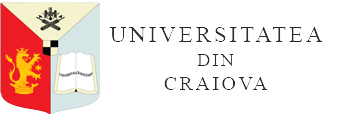QUANTITATIVE ANALYSIS OF NUTRITIONAL COMPOUNDS IN IRRIGATED AND NON-IRRIGATED LINSEED (LINUM USITATISSIMUM L.) CULTIVAR ALEXIN
DOI:
https://doi.org/10.52846/bihpt.v29i65.139Keywords:
linseed, carotenoids, phenolic compounds, ascorbic acid, sugars,, oilAbstract
Flax from cultivar Alexin was grown on three different water regimes: non-irrigated, half-dose and full-dose irrigated. Seeds were harvested and taken for biochemical analyses.
They were found to contain low amounts of carotenoids, 7.57-12.79 mg/kg, with notable amounts of lycopene, lutein and zeaxanthin, but no detectable β-carotene. Phenolic inventory was also low, but consistent with values usually found in ungerminated linseed: 3,106-7,211 mg/kg, dominated by flavonoids (37-51%; of which minor amounts of flavanols and anthocyanins) and hydroxycinnamic acids (23-37%). Coumarins and stilbenes had low concentrations.
Oil content ranged from 21.3% in non-irrigated plants to over 29% in fully irrigated ones. Ascorbic acid content showed little variation, with 985-1,187 mg/kg, while soluble sugars were 2,482-4,073 mg/kg.
The concentrations of all these compounds, except for cryptoxanthin, were positively correlated to water dosage. The most affected by irrigation regime were phenolic compounds and sugars. The least influenced was ascorbic acid.


